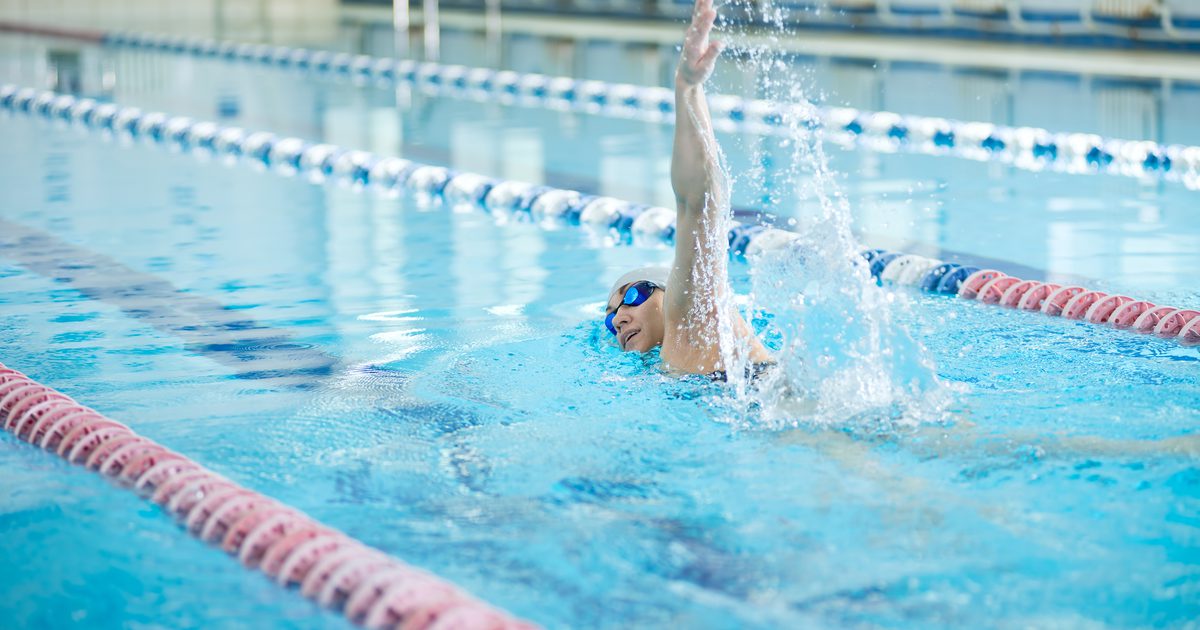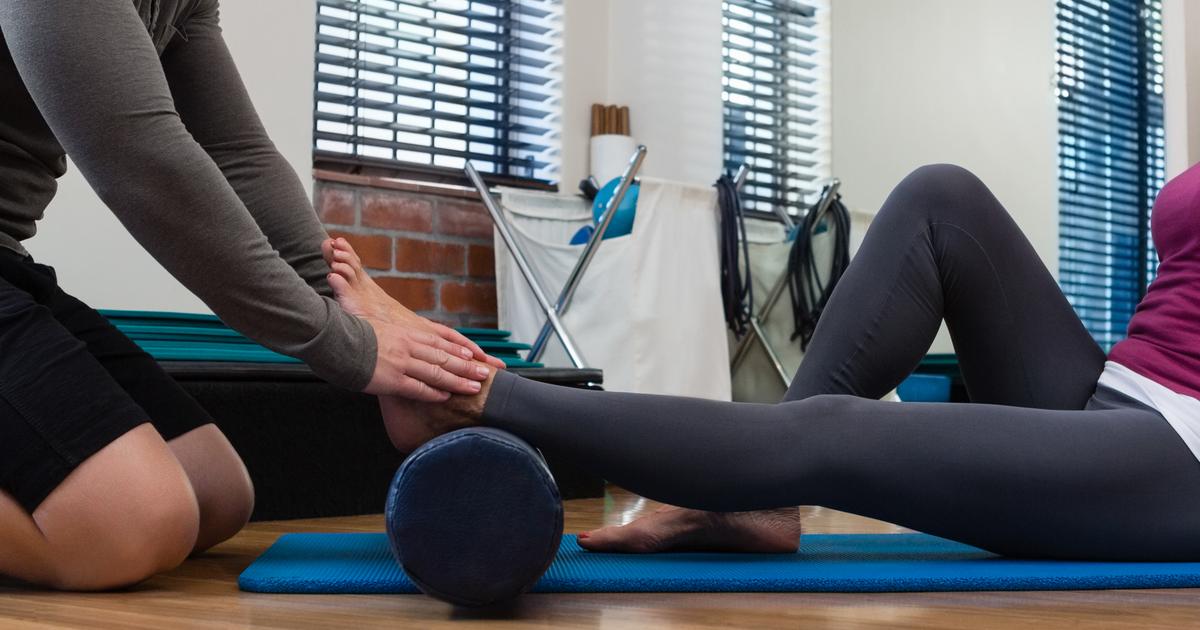How To Treat Osgood-Schlatter Disease
Physical Therapy
Physical therapy may be recommended for individuals suffering from pain related to Osgood-Schlatter disease. Physical therapists will complete an examination and assessment to determine how severe the condition is. Tests include measurement of the knees, hips, and ankles as well as a range of motion test. Therapists may also assess how flexible the patient's joints are and the strength of the patient's legs, hips, and ankles. Based on the information garnered from the tests, physical therapy recommendations can include stretching exercises to reduce tightness in the hamstrings and thighs, strengthening exercises to build up the legs and improve muscle support and balance and coordination exercises.
Learn more about treating Osgood-Schlatter disease effectively now.
Engage In Cross-Training

Patients with Osgood-Schlatter disease may engage in cross-training to help not only reduce pain and strengthen the body but also improve blood flow and reduce inflammation. Cross-training can be especially helpful for individuals involved in running and running based sports. It involves focusing on two or more areas of physical activity (for example cardio and strengthening) to give the body a thorough and complete workout. For example, runners can engage in cross-training activities such as swimming or kayaking. Cross-training also gives the body a chance to heal from repetitive movement such as running. Research indicates cross-training can reduce recovery times considerably.
Get more information on how to treat Osgood-Schlatter disease now.
